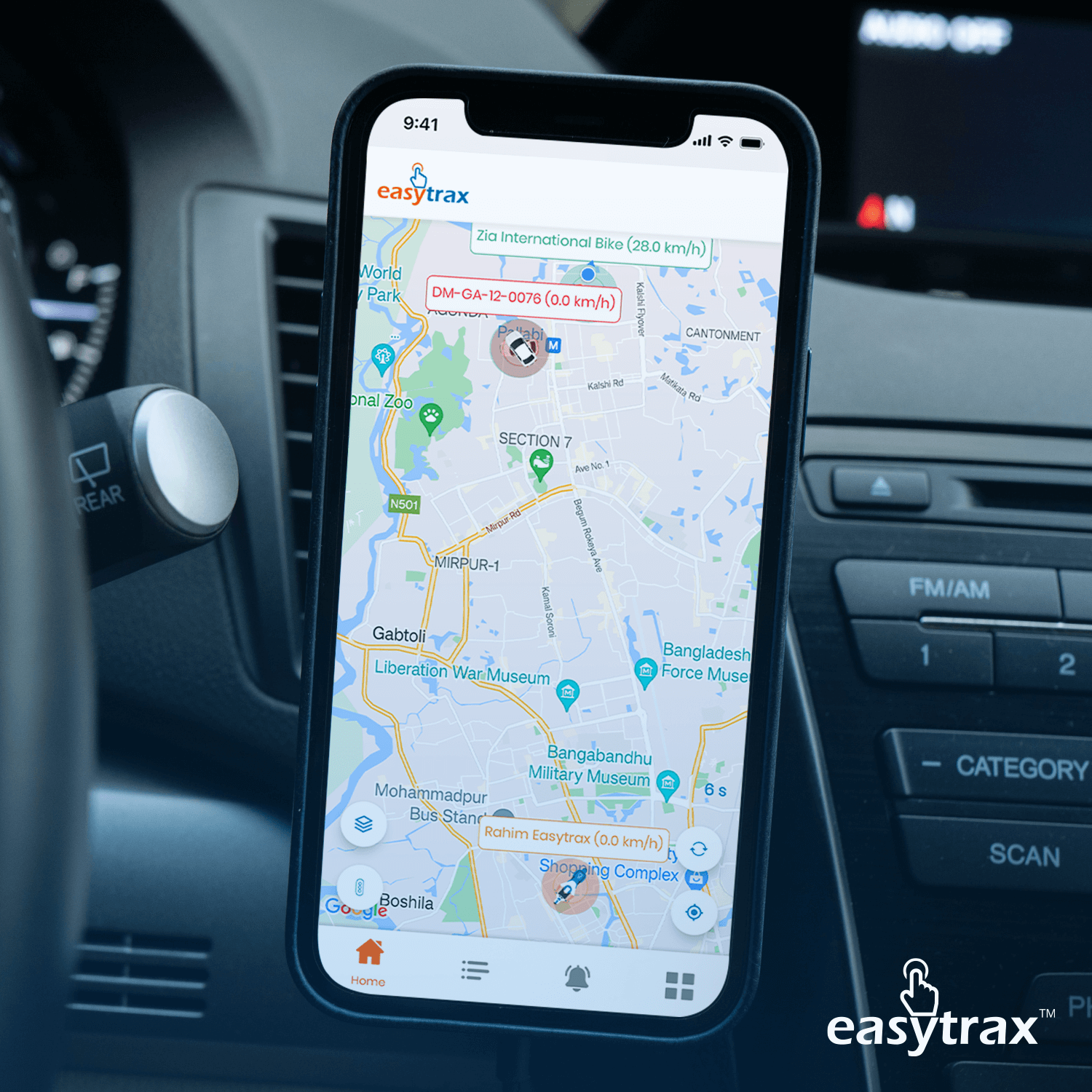
We are now ready to exploit all this knowledge to study the design of A-GPS receivers that have much greater sensitivity than standard GPS Tracking Devices. If you are designing a high-sensitivity receiver, then it is essential to understand the relationship of these signals to each other and the effects of each of the receiver components on the signal.
Once you understand the processing gain of each part of the receiver, it is a small step to understand how to increase that gain and thus increase the sensitivity of the receiver. However, even if you are not designing a receiver, it is still important to understand the relationship between the signal strength at the antenna and the correlation response. This is because the measure of a high-sensitivity receiver is its ability to acquire and track weak signals. The only way to know how weak the signals actually are, in practice, is for the receiver to tell you, and the way the receiver knows is by back-calculating the signal strength from the measured height of the correlation response. The receiver has no way of directly measuring the signal at the antenna or in the front end. Only after the receiver has created the correlation response does it have a measure of what the signal at the antenna was. Moreover, there is no such thing as a separate signal-strength meter that you can plug into a GPS antenna to measure the strength of the signals. The GPS receiver is the signal strength meter.
The problem of building high-sensitivity receivers and measuring how good they are is analogous to building a fast car and measuring how fast it is going with the speedometer. The carmaker also builds the speedometer. The speedometer actually measures how fast the wheels are turning. Only if the manufacturer correctly calibrates the rotation rate of the wheels to the diameter of the inflated tire will the speed reading actually be correct. What about radar guns or other external measures? The Vehicle GPS Tracking Device equivalent of the radar gun is the RF simulator, which can generate RF signals with known signal strength, and these can be used to calibrate the receiver in an analogous way to calibrate a car’s speedometer.
Even with a simulator, however, things are not as simple as they seem. If you are evaluating or integrating high-sensitivity receivers, then you need to be aware of details such as thermal noise sources. A GPS simulator generates thermal noise at room temperature, while the actual GPS satellites are in space, where the temperature can be almost at absolute zero (0K, or –273°C). The simulator’s thermal noise must be correctly accounted for. If you are not evaluating or integrating a receiver, but simply using it in practice, then you are like the car buyer who must trust that the speedometer is telling the truth. In all cases, it is certainly useful to understand what goes on between the antenna and the correlation response. When A-GPS is combined with massive parallel correlation, processing gain can be as much as 30 dB (1,000 times) more than for a standard mini GPS Tracker. This allows the high-sensitivity receiver to acquire signals and work in many places where GPS was not previously possible, even, sometimes, indoors.
